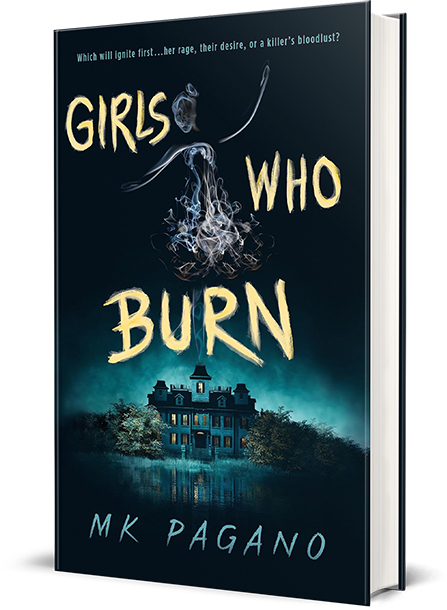Learning From The Masters: Setting the Scene

Another example of a good descriptive paragraph, this time from this awesome book which was one of the ones I couldn’t put down last year (though I gave the entire series mixed reviews…)
The library was circular, with a ceiling that tapered to a point, as if it had been built inside a tower. The walls were lined with books, the shelves so high that tall ladders set on casters were placed along them at intervals. These were no ordinary books either–these were books bound in leather and velvet, clasped with sturdy-looking locks and hinges made of brass and silver. Their spines were studded with dully glowing jewels and illuminated with gold script. They looked worn in a way that made it clear that these books were not just old but were well-used, and had been loved.
The floor was polished wood, inlaid with chips of glass and marble and bits of semiprecious stone. The inlay formed a pattern that Clary couldn’t quite decipher–it might have been the constellations, or even a map of the world; she suspected she’d have to climb up into the tower and look down in order to see it properly.
In the center of the room sat a magnificent desk. It was carved from a single slab of wood, a great, heavy piece of oak that gleamed with the dull shine of years. The slab rested upon the backs of two angels, carved from the same wood, their wings gilded and their faces engraved with a look of suffering, as if the weight of the slab were breaking their backs. Behind the desk sat a thin man with gray-streaked hair and a long beaky nose.
“A book lover, I see,” he said, smiling at Clary. “You didn’t tell me that, Jace.”
This passage quite descriptive, actually–but it works in this case. Why?
1. You’d have to read more of the book of course to know this, but the setting of the Institute–and the library–is very important to the story. You should spend more time describing important places, places where the characters are going to spend a lot of time, rather than places they’re just passing through.
2. The detailed descriptions make sense here because they’re in keeping with the setting–the Institute is an old, ornate kind of place, and the author really wants to impress that upon you. And angels tie heavily in with the entire book (though I think the line “as if the weight of the slab were breaking their backs” could be omitted–it’s already inferred. A classic case of showing and telling.)
3. The descriptions are filtered through the eyes of the character seeing them, which isn’t always the easiest thing to do in third person. I especially love that the man watching Clary can tell from the way she’s looking at them that she loves books.
4. The description isn’t too long–it’s broken up pretty quickly by dialogue.
I hope you’ve found these posts useful! (Example one here and example two here.) I certainly have, and will be incorporating what I’ve learned into my own writing going forward. And let me know if there are any other lessons you’ve learned from reading other writers’ descriptions–I’d love to hear!
Image found here

